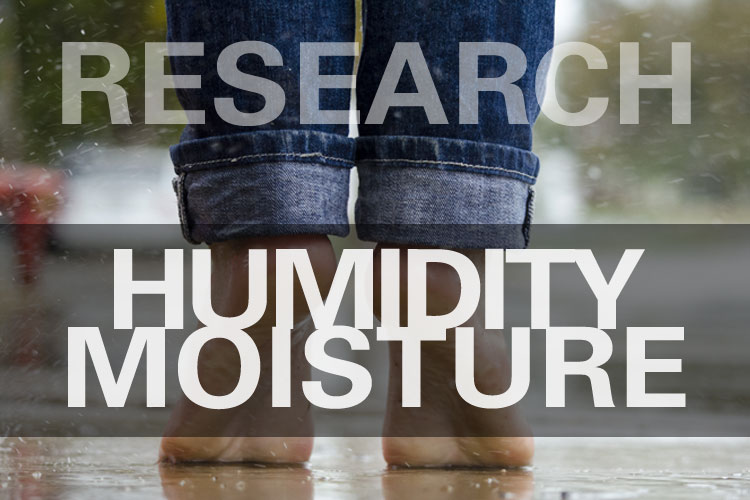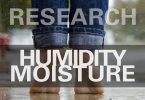The reduction of buildings’ heat losses and pollutants emissions is a worldwide priority. It is intended to reduce the specific final energy consumption under the limit of 120 -150kWh/m²/yr and even under 15-45kWh/m²/yr, foreseen in 2020 for the passive houses, which is necessary for sustainable development and for allowing to became profitable the use of unconventional energies [1]. These values can be achieved through the use of thermal insulations, for protecting the constructions fund and through making envelope elements, as much as possible, from materials with high thermal resistance, for new buildings. With the intention of substituting the conventional thermal insulations: mineral wool, expanded polystyrene, which are both great energy consumers, it is proposed, among other unconventional technologies and materials, the use of vegetable wastes both as thermal insulation material and as a material used for building load-bearing and in-fill straw-bale construction are presented. Experimental determinations of this material’s thermal conductivity can also be found in specialty literature.
This paper proposes a simple method, adequate for the measurement of thermal conductivity for such bulk materials as straw bales.
Author: Pruteanu Marian



